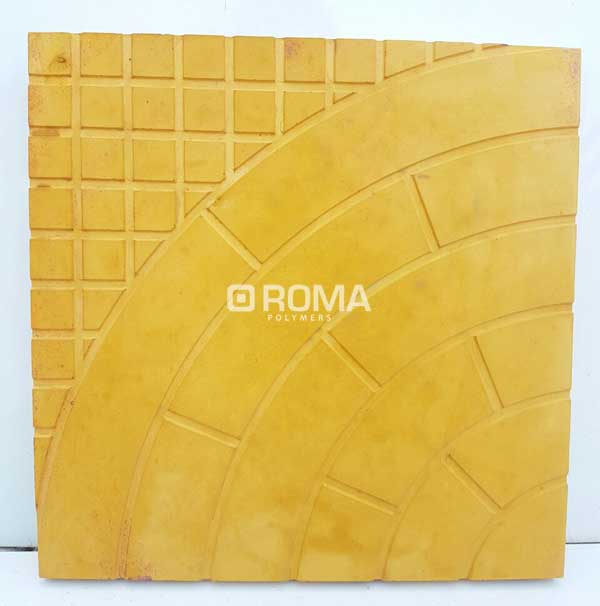
Are you looking for a budget-friendly yet creative way to revamp your home? PVC tiles moulds might just be the solution you’ve been searching for. These moulds are an innovative tool that allows you to customize the design and color of tiles, giving your space a fresh and unique look. Here’s a simple guide on how you can transform your home using PVC tiles moulds, perfect for beginners!
1. Understanding PVC Tiles Moulds
First off, PVC tiles moulds are made from polyvinyl chloride, a versatile and durable plastic material. These moulds come in various patterns and sizes, offering endless possibilities for your flooring or wall decorations. The beauty of using PVC moulds lies in their reusability and ease of handling, making them ideal for DIY projects.
2. Gather Your Materials
Before diving into the project, ensure you have all the necessary materials:
- PVC tiles moulds of your choice
- Concrete mix or a similar filling material
- Coloring agents (if you desire colored tiles)
- Mixing bucket and stirrer
- Gloves and safety goggles for protection
3. Preparing the Mix
Mix your concrete or filling material according to the instructions on the package. If you’re adding color, now’s the time to mix in your coloring agent. Aim for a consistency that’s easy to pour but not too runny, to ensure it holds the shape of the mould.
4. Filling the Moulds
Carefully pour your mixture into the PVC tiles moulds, making sure to fill each cavity evenly. Gently tap the sides of the mould to release any air bubbles, as these can affect the final appearance of your tiles.
5. Letting It Set
Patience is key! Let your tiles set and harden according to the time recommended for your mix. This could take anywhere from a few hours to overnight, depending on the material used.
6. De-moulding
Once set, carefully remove the tiles from the moulds. You should have beautifully shaped tiles, ready for installation. If any rough edges are present, you can sand them down for a smoother finish.
7. Installation
Installing your new PVC moulded tiles can be done in various ways, depending on where you’re placing them. For flooring, you might need adhesive and grout, while wall tiles could be mounted with a strong glue. Always refer to installation guides or seek professional advice for the best results.
8. Sealing
For added durability and to make cleaning easier, consider sealing your tiles with a suitable sealant. This step is especially recommended for tiles in high-moisture areas like bathrooms and kitchens.
9. Enjoy Your Transformed Space
Whether it’s a vibrant backsplash in the kitchen, a chic bathroom floor, or an accent wall in the living room, the results are sure to impress.
Final Thoughts
Using PVC tiles moulds is a fantastic way to inject personality and style into your home without breaking the bank. With a little creativity and some elbow grease, you can achieve professional-looking results that are uniquely yours. Start small, experiment with designs, and most importantly, have fun with the process!




